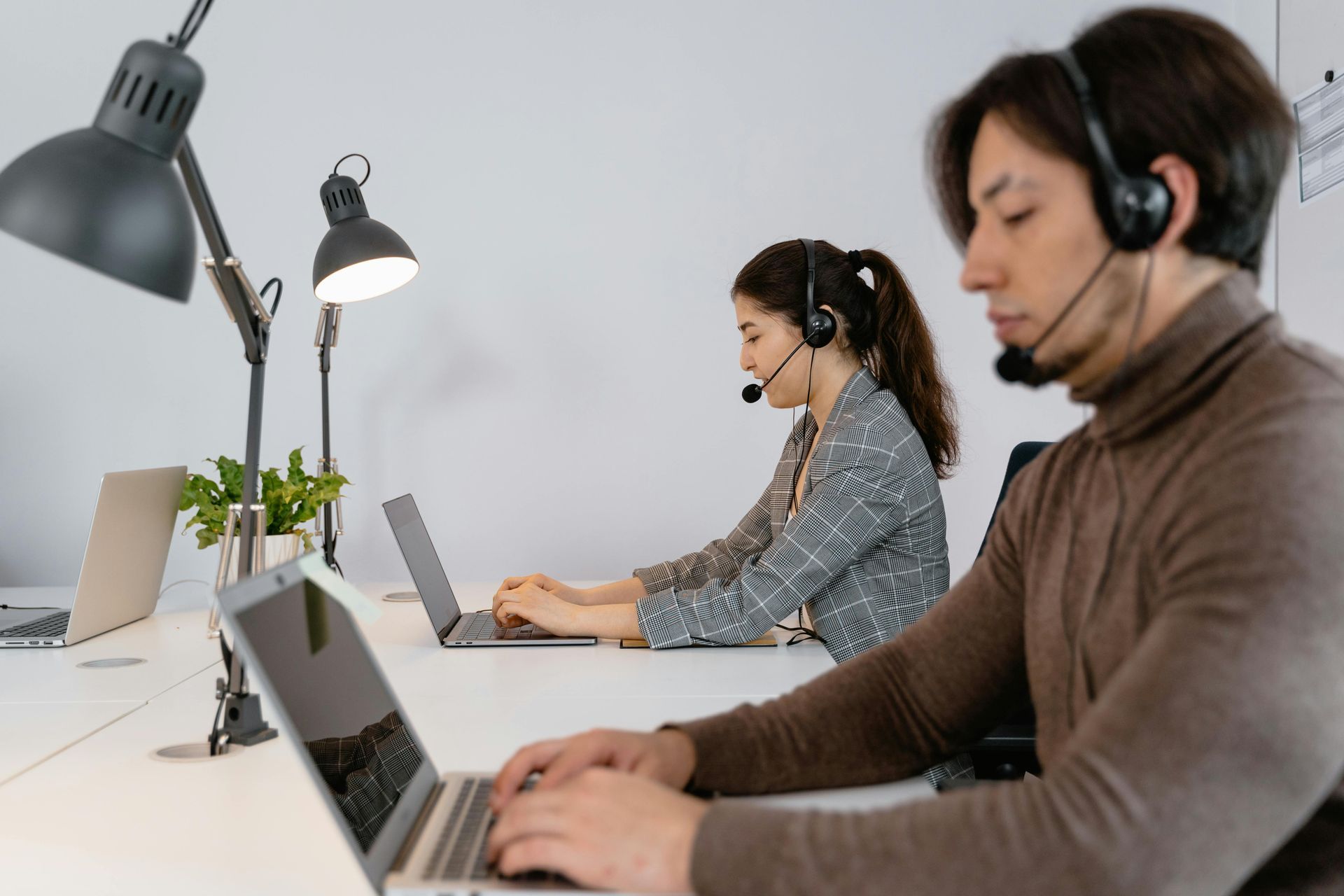How to Build a Mental Wellness Routine: From Small Steps to Lasting Change
Erica Kesse
We often hear about the importance of a mental wellness routine, but the idea can feel overwhelming. The good news is that building a sustainable and effective routine doesn't require drastic changes overnight. It's a journey that often begins with small, manageable steps – the micro-habits that gradually pave the way for lasting positive change.
Foundation First: Mastering the Micro-Habits
As we discussed in our previous post, micro-habits – those one-minute mental refreshers – are the building blocks of a strong mental wellness foundation. Consistency is key here. By regularly incorporating tiny practices like mindful breathing, gratitude moments, or brief stretches into your day, you begin to cultivate a mindset that prioritizes your well-being without significant disruption.
Layering In: Gradually Expanding Your Practices
Once your micro-habits feel more automatic, you can begin to layer in slightly longer activities. This could involve extending your mindful breathing to five minutes, taking a 15-minute mindful walk during your lunch break, or dedicating 10 minutes to journaling your thoughts and feelings. The key is to gradually expand your routine at a pace that feels comfortable and sustainable for you.
Personalizing Your Routine: Finding What Works for You
There's no one-size-fits-all approach to a mental wellness routine. What resonates with one person may not resonate with another. Experiment with different practices – meditation, yoga, creative expression, spending time in nature, connecting with loved ones – and pay attention to what truly nourishes your mental and emotional well-being.
The Role of Consistency and Patience
Building a lasting mental wellness routine takes time and consistency. There will be days when you find it easier to prioritize your well-being than others. Be patient with yourself, and remember that even small, consistent efforts accumulate over time. Don't get discouraged by occasional setbacks; simply get back on track the next day.
Adapting and Evolving Your Routine
Your needs and circumstances may change over time, and your mental wellness routine should be flexible enough to adapt. Regularly check in with yourself and assess whether your current practices are still serving you. Be open to adjusting or incorporating new activities as needed.
Building a robust mental wellness routine is a journey, not a destination. It begins with small, manageable steps – the micro-habits that create a foundation of consistent self-care. By gradually layering in practices that resonate with you and remaining patient and consistent, you can cultivate lasting positive change and prioritize your mental well-being for the long haul.



